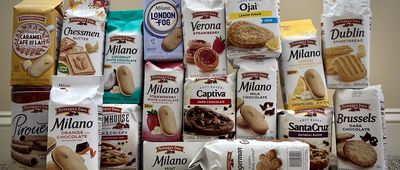Hold On to Your Can Opener!
You can thank Napoleon Bonaparte for turning canned food into a pantry staple. In a bid to keep his troops well-fed on the move, he offered a prize for a food preservation method, leading to the birth of canning. While this innovation has been a game-changer—giving us essentials like canned tomatoes—we’ve taken things a little too far. Not everything belongs in a can, and some options are so processed, salty, or just plain unappetizing that they have no place in your pantry.
Here are the worst canned foods you should steer clear of.


















